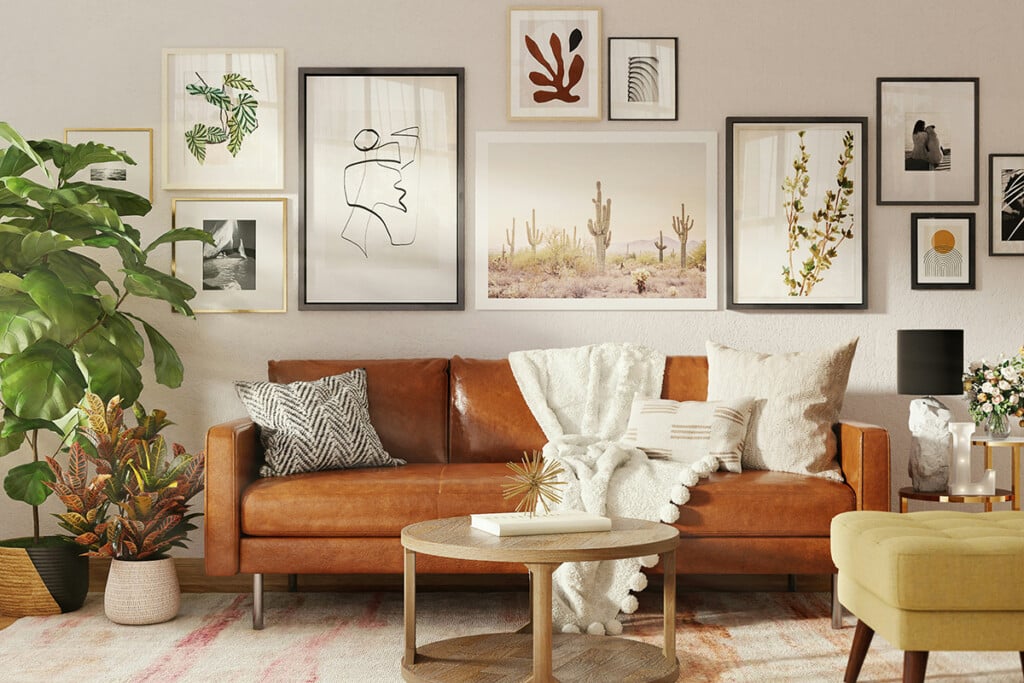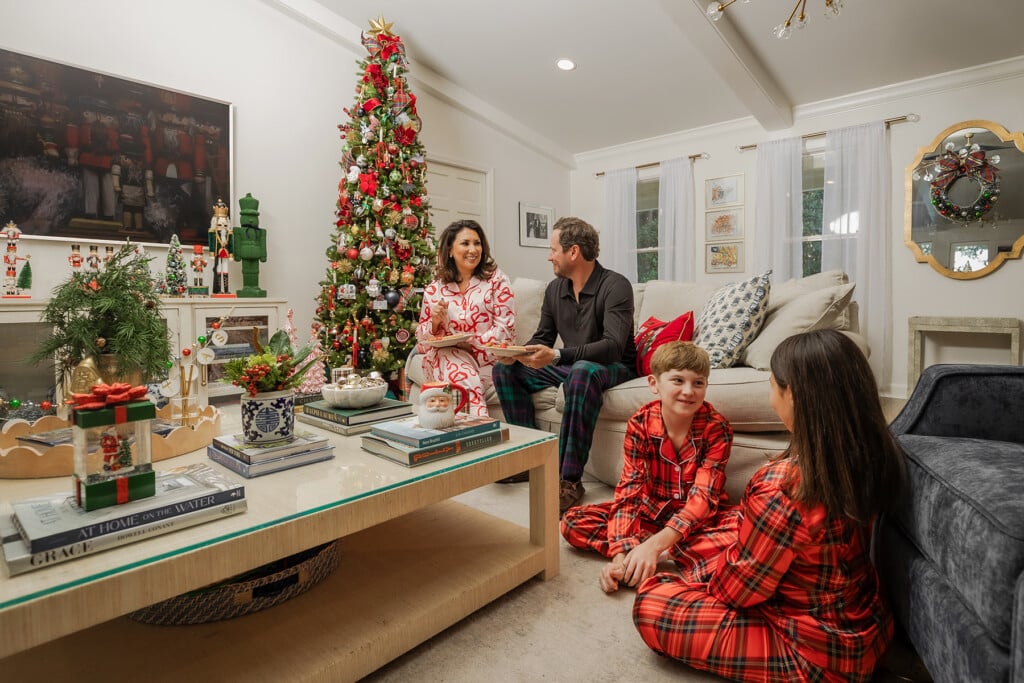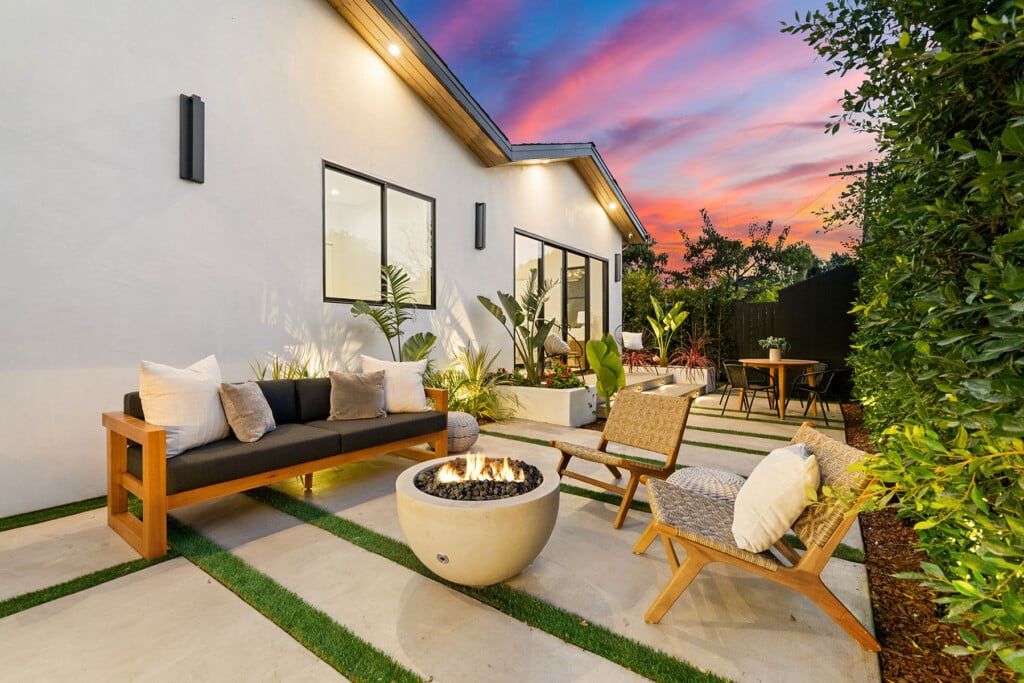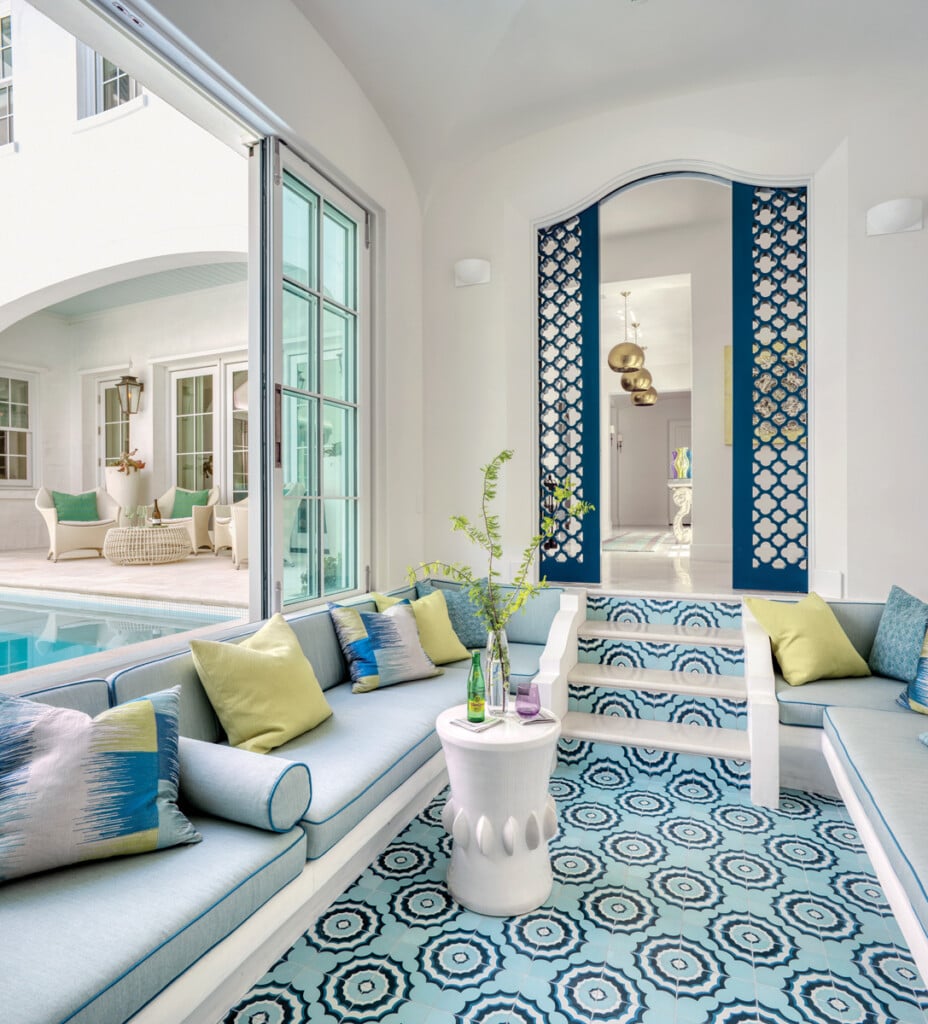The Curated Home
A guide to achieving the gallery wall of your dreams

More than wall decor, curated art collections can elevate any room from a beige blank slate to your personalized creative space.
Artist Doug Foltz, owner of SaltCrust Studios in Santa Rosa Beach, recommends considering sentiment when curating a collection for the home.
“Most art is created to evoke an emotion or to stir a thought,” he says. “Do you want to feel calm and peaceful or excited and energized when you’re there? Does it contribute—in subject matter, style, and tone—to the experience you’re hoping to create in that space?”
Collected artworks are often tied to experiences, memories, and interests.
“When curating a space, art is an investment that should mean something to you, share a story, and spark a conversation that embraces a timeless legacy,” notes Christy Milliken, local art collector and executive director of the Seaside Institute.
Your array of artwork can be spread throughout the home or room, or you can centralize the pieces to create a gallery wall. What matters is what feels right to you.
“I’ve never thought that placing a piece of art—of any kind, in a space or a home—should be about what looks good,” says Foltz. “It’s more about the way the piece, in that particular place, makes you feel.”
Trends can offer some guidelines and inspiration, but the true guide to help curate your collection lies within.
“Trends end—it is the timeless piece or memory that eventually gets passed on to the next generation,” says Milliken.
Still, some trends prove timeless in nature. Biophilic design, for example, brings the outdoors inside, creating a green space-inspired atmosphere. You can incorporate a theme of natural scenery with your art selections.
“There is a harmonious bond between the natural world and the human experience,” says Julia Starr Sanford, owner of Starr Sanford Design and Starr Sanford Collection. “Art embodies emotion. It can soothe, it can sadden, it can spark intrigue and stimulate.”
An accent wall can serve well as a gallery wall backdrop and offer an opportunity to incorporate natural tones. Shades ranging from bold, such as burnt sienna and beet red, to muted, such as bark browns and grays, can all be found in nature.
When selecting colors, be mindful of what might clash with chosen artworks and frames. Sanford recommends keeping it neutral and letting the art do the work.
“Neutral tones create the backdrop allowing for colors to radiate and invigorate,” she says.
Apart from color, textures such as Venetian plaster and wood-paneling can help mimic natural character while remaining neutral.
When selecting placement, Foltz recommends deciding whether you want a specific piece as a focal point of the room or to blend into the space.
“Start with what you want to feel in that space and find something that evokes that same feeling when you stand in front of it,” he says. “Keep in mind, every time you walk by that piece you should notice it, connect with how you felt when you first experienced it.”
When sourcing pieces for your collection, Milliken recommends shopping locally and avoiding big-box stores.
“Supporting artists in this way supports the investment of time, expertise, and the expense of the tools needed to create the work,” she says. “You are creating a culture in your community that thrives in uniqueness, that cannot be copied for the masses, when you support local artists and original works of art.”
Originality is king in making a space feel truly yours.
Happy curating.
Much Ado About Curating
Do’s and Don’ts
Do consider something different. You might want to add a sculpture or a bespoke light fixture where you had first considered a wall piece.
Don’t be afraid to mix your media. Art comes in many forms—photography, textiles, living walls like moss and lichen, and found items.
Do feel confident. Enjoy the freedom to express yourself as you select pieces for your collection. Try your hand at painting or drawing yourself. Consider gallery mounting a family heirloom, artwork, or framed letter for a sentimental uniquity.
Don’t rush. Sit with your thoughts and feelings about art before rushing into decisions. If you’re not comfortable with your general knowledge of art, do some research or consult a professional.
Do support local artists. Try to attend art and gallery nights. They are enjoyable and enriching, and you’ll find some unique pieces for your collection.


